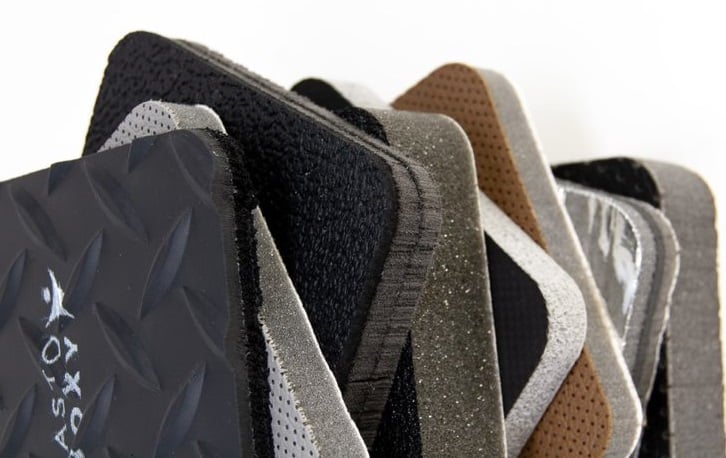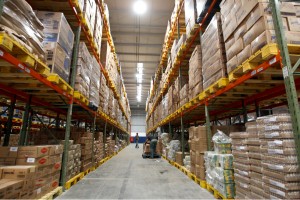Military Vehicle Engine Bay Insulation
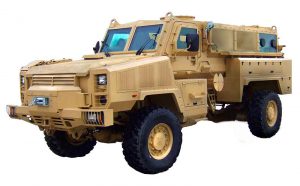 Engine bay insulation for military vehicles keeps noise and heat in the engine bay from reaching the passenger compartment. The diesel engines that power military land systems run loud and hot, raising concerns about solider health and safety. Warfighters need to be able to hear each other above engine sounds, and a vehicle where the air conditioning runs full-blast is less fuel-efficient. Hotter vehicles also have stronger heat signatures, making them more susceptible to thermal detection by hostile forces.
Engine bay insulation for military vehicles keeps noise and heat in the engine bay from reaching the passenger compartment. The diesel engines that power military land systems run loud and hot, raising concerns about solider health and safety. Warfighters need to be able to hear each other above engine sounds, and a vehicle where the air conditioning runs full-blast is less fuel-efficient. Hotter vehicles also have stronger heat signatures, making them more susceptible to thermal detection by hostile forces.
Thermal-acoustic insulation is important, but manufacturers of military vehicles also need to protect on-board electronics and instruments from sound-induced vibrations. Otherwise, these noise disturbances can shorten equipment life through component failure. Resistance to flash and fire supports the mission, too. Engine bay insulation must also resist oil and automotive chemicals, withstand washdowns with water and detergents, and support cost-effective fabrication. (more…)

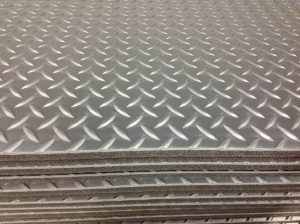 Rubber floor mats for mobile equipment protect the cabin floor, support employee safety, and provide acoustic insulation. The metal flooring that’s used inside the cab is strong and durable, but operators track mud, snow, dirt, and water inside. Rubber floor mats protect these metal surfaces and help reduce slip-and-fall hazards. Rubber flooring that’s laminated to acoustic insulation also helps to absorb noise from the engine compartment, which is often directly below the cab where the operator sits.
Rubber floor mats for mobile equipment protect the cabin floor, support employee safety, and provide acoustic insulation. The metal flooring that’s used inside the cab is strong and durable, but operators track mud, snow, dirt, and water inside. Rubber floor mats protect these metal surfaces and help reduce slip-and-fall hazards. Rubber flooring that’s laminated to acoustic insulation also helps to absorb noise from the engine compartment, which is often directly below the cab where the operator sits.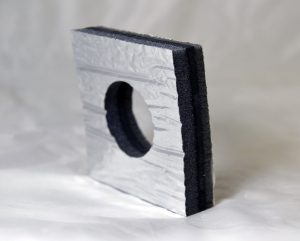 Engine bay insulation for mobile equipment keeps heat and noise in the engine compartment from reaching the cab interior. The diesel engines that power mobile equipment run hot and loud, which raises concerns about occupant comfort, health, and safety. Mobile equipment manufacturers also need to protect cabin components such as instruments from sound-induced vibrations. For a complete engine bay solution, Elasto Proxy makes thermal-acoustic insulation that can also dampen vibrations.
Engine bay insulation for mobile equipment keeps heat and noise in the engine compartment from reaching the cab interior. The diesel engines that power mobile equipment run hot and loud, which raises concerns about occupant comfort, health, and safety. Mobile equipment manufacturers also need to protect cabin components such as instruments from sound-induced vibrations. For a complete engine bay solution, Elasto Proxy makes thermal-acoustic insulation that can also dampen vibrations.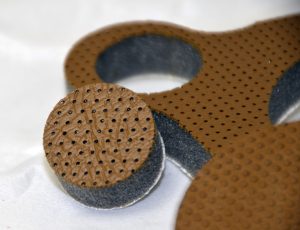 Custom cabin insulation for mobile equipment absorbs sound and provides a finished appearance to cabin interiors. Headliners, door panels, and side panels are made of perforated vinyl foams that, depending on the amount of cabin noise, are typically 1/2” or 1” thick. This acoustic insulation can be hand-cut and applied with spray adhesives, but that process is labor-intensive, results in material waste, and raises health and safety concerns. Fortunately, there’s a better way to get the cab insulation that you need.
Custom cabin insulation for mobile equipment absorbs sound and provides a finished appearance to cabin interiors. Headliners, door panels, and side panels are made of perforated vinyl foams that, depending on the amount of cabin noise, are typically 1/2” or 1” thick. This acoustic insulation can be hand-cut and applied with spray adhesives, but that process is labor-intensive, results in material waste, and raises health and safety concerns. Fortunately, there’s a better way to get the cab insulation that you need.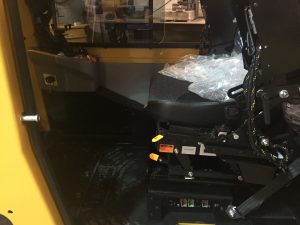 Mobile equipment insulation absorbs sound and deflects heat, helping to keep drivers and operators safe and comfortable. Materials of construction vary, but generally include foams, foils, and facings. For mobile equipment manufacturers, the process of cutting, assembling, and installing thermal insulation and acoustic insulation can result in material waste and concerns about product quality. Manufacturers risk losing sight of their true costs, and potential buyers may notice imperfections in cab and vehicle interiors.
Mobile equipment insulation absorbs sound and deflects heat, helping to keep drivers and operators safe and comfortable. Materials of construction vary, but generally include foams, foils, and facings. For mobile equipment manufacturers, the process of cutting, assembling, and installing thermal insulation and acoustic insulation can result in material waste and concerns about product quality. Manufacturers risk losing sight of their true costs, and potential buyers may notice imperfections in cab and vehicle interiors.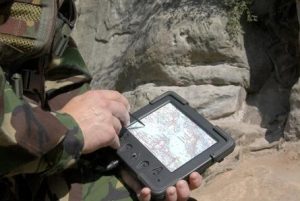 EMI shielding gaskets for military electronics are used in everything from touchscreens to targeting systems. To prevent electromagnetic interference (EMI) from disrupting electronic equipment, Elasto Proxy custom-fabricates EMI shielding gaskets from particle-filled silicones. These specialized materials combine the materials properties of silicone rubber with the electrical properties of metal. Elasto Proxy uses waterjet cutting to convert shielding silicones, and bonds cut lengths with conductive adhesives.
EMI shielding gaskets for military electronics are used in everything from touchscreens to targeting systems. To prevent electromagnetic interference (EMI) from disrupting electronic equipment, Elasto Proxy custom-fabricates EMI shielding gaskets from particle-filled silicones. These specialized materials combine the materials properties of silicone rubber with the electrical properties of metal. Elasto Proxy uses waterjet cutting to convert shielding silicones, and bonds cut lengths with conductive adhesives. EMI gaskets help to protect electronic devices and equipment against disruptions and disturbances caused by electromagnetic interference (EMI). Because these shielding gaskets are made of particle-filled silicones, they also provide environmental sealing and resist a wide range of service temperatures. Depending on the durometer, the base elastomer supports varying degrees of compression. The metal or metal-coated particles provide EMI shielding and electrical conductivity.
EMI gaskets help to protect electronic devices and equipment against disruptions and disturbances caused by electromagnetic interference (EMI). Because these shielding gaskets are made of particle-filled silicones, they also provide environmental sealing and resist a wide range of service temperatures. Depending on the durometer, the base elastomer supports varying degrees of compression. The metal or metal-coated particles provide EMI shielding and electrical conductivity.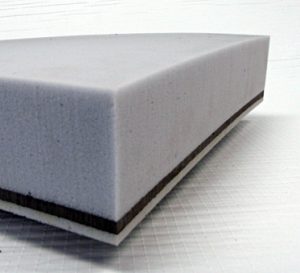 Elasto Proxy explains what engineers need to consider when choosing sound barriers. This article is the third in a multi-part series about acoustic insulation.
Elasto Proxy explains what engineers need to consider when choosing sound barriers. This article is the third in a multi-part series about acoustic insulation. 